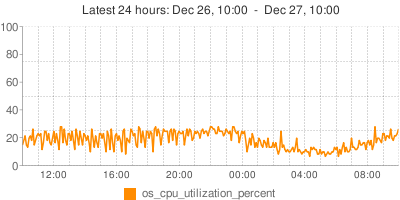I’m seeking input on a new openark kit utility I’ve started to implement.
The tool, oak-hook-general-log, will hook up to a MySQL (>= 5.1) server, and stream the general log into standard output. It looks like this:
bash$ python src/oak/oak-hook-general-log.py --socket=/tmp/mysql.sock --user=root 2010-03-21 10:18:42 root[root] @ localhost [] 79 1 Query SELECT COUNT(*) FROM City 2010-03-21 10:18:48 root[root] @ localhost [] 79 1 Query DELETE FROM City WHERE id=1000 2010-03-21 10:18:54 root[root] @ localhost [] 79 1 Query SHOW PROCESSLIST 2010-03-21 10:19:06 root[root] @ localhost [] 79 1 Quit 2010-03-21 10:19:07 root[root] @ localhost [] 93 1 Connect root@localhost on 2010-03-21 10:19:07 root[root] @ localhost [] 93 1 Query select @@version_comment limit 1 2010-03-21 10:22:33 root[root] @ localhost [] 93 1 Query SELECT City.Name, Country.Name FROM Country JOIN City ON Country.Capit 2010-03-21 10:22:58 root[root] @ localhost [] 93 1 Quit
Since output is written to stdout, one can further:
bash$ python src/oak/oak-hook-general-log.py --socket=/tmp/mysql.sock --user=root | grep Connect bash$ python src/oak/oak-hook-general-log.py --socket=/tmp/mysql.sock --user=root | grep webuser@webhost
What the tool does is to enable table logs, and periodically rotate the mysql.general_log table, read and dump its content.
Continue reading » “oak-hook-general-log: streaming general log”
